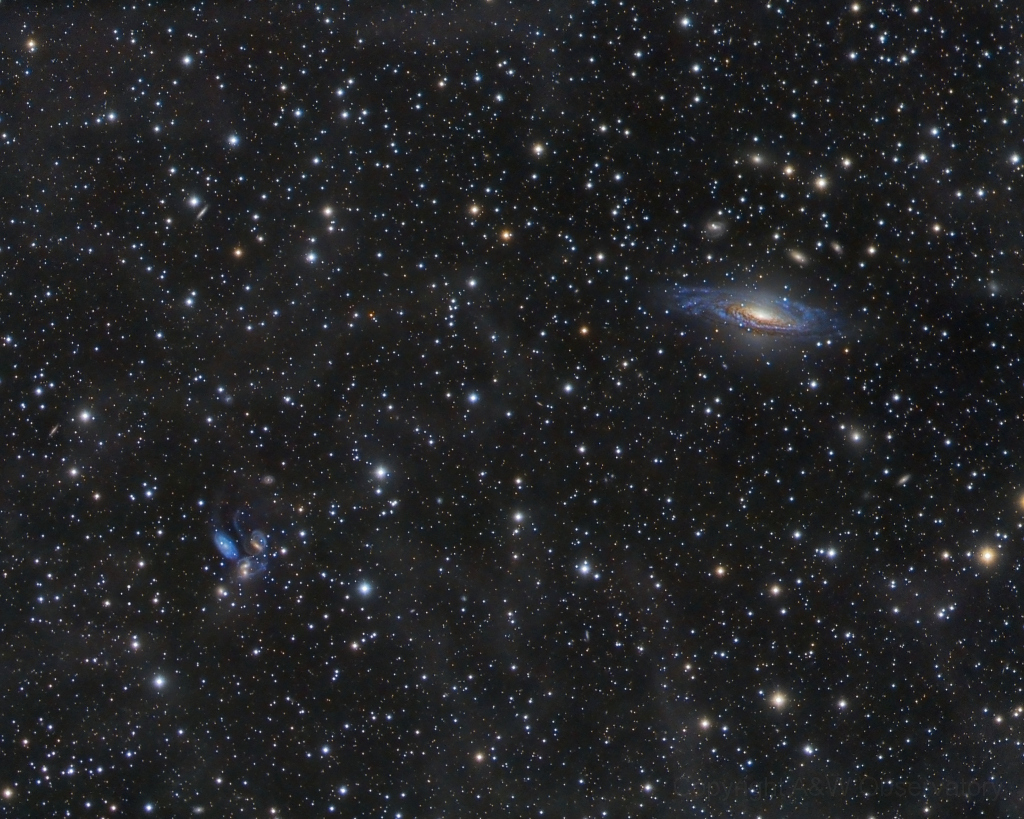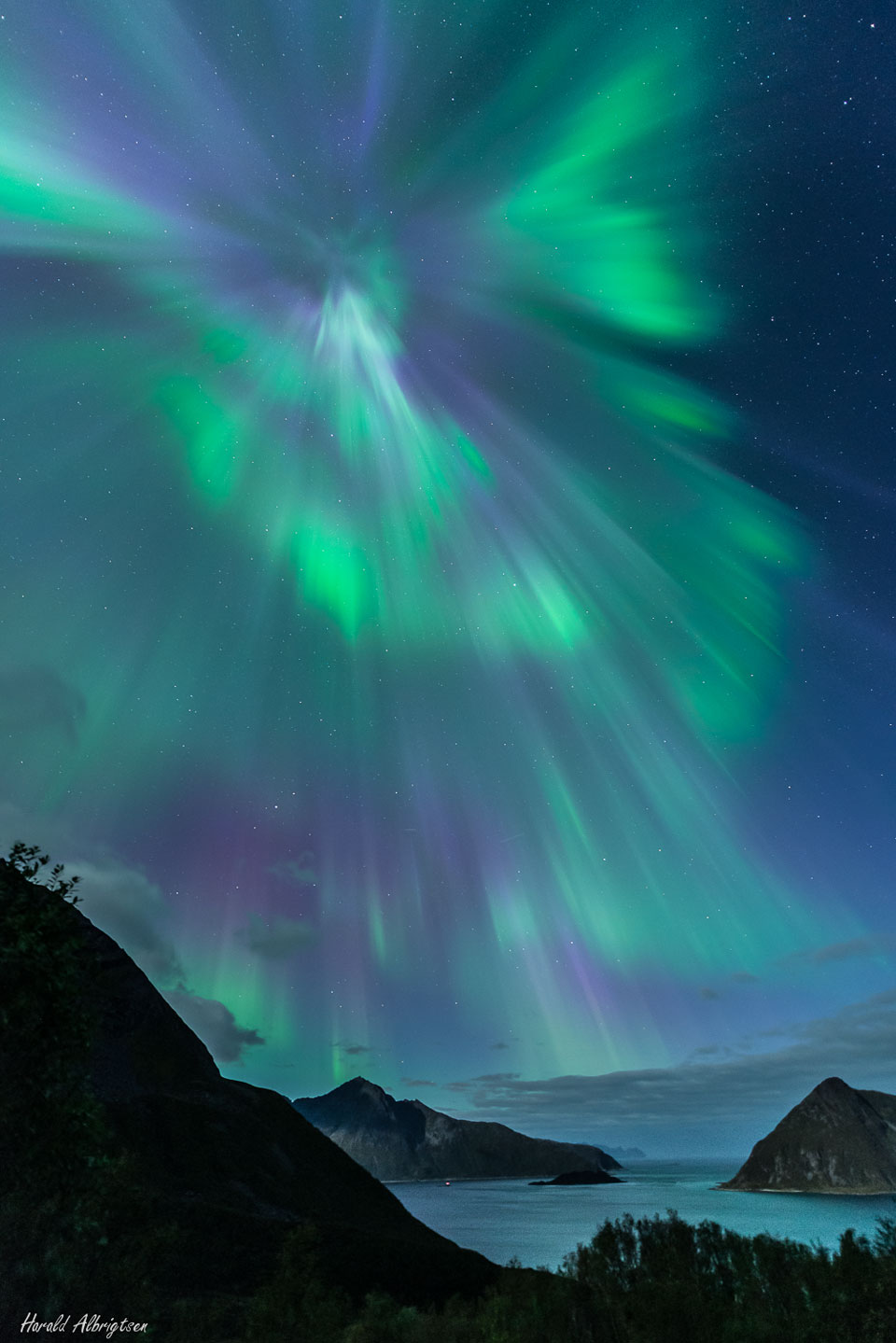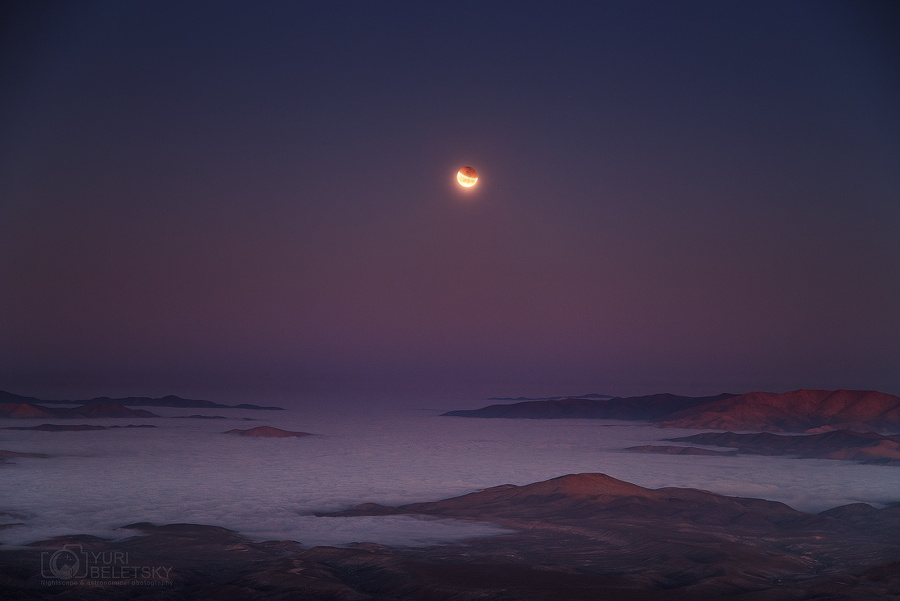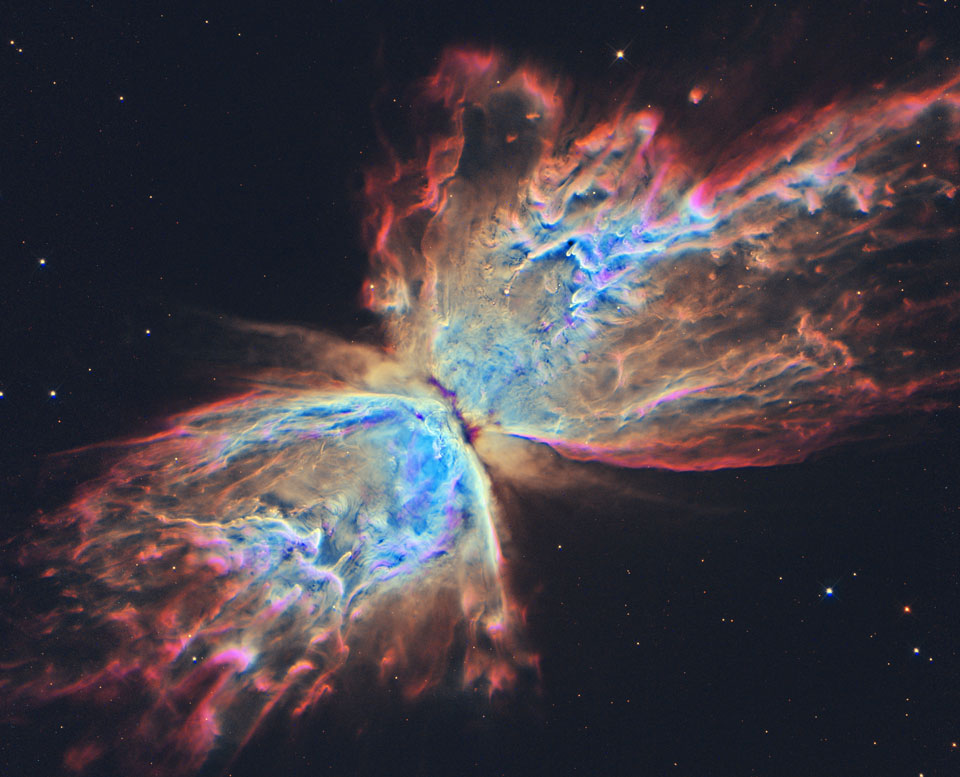
Apod Blog 2.1
Just recently learning about telescopes, I was pondering for a good amount of time and chose this picture. Perhaps some stars in the picture are perceived differently than they appear. Looking through a an infrared telescope it could be blatant to you that even though some stars are not as bright as others they can be allot more hotter. Being theoretical of course, this Galaxy's white spots ( which of course be separate galaxies) could be faded away with looking through an ultraviolet telescope allowing your eyes to perceive it as you could the ultraviolet waves. This was just a theoretical post, and wanted to alert you readers that things can me viewed entirely differently with the tools you are using.


